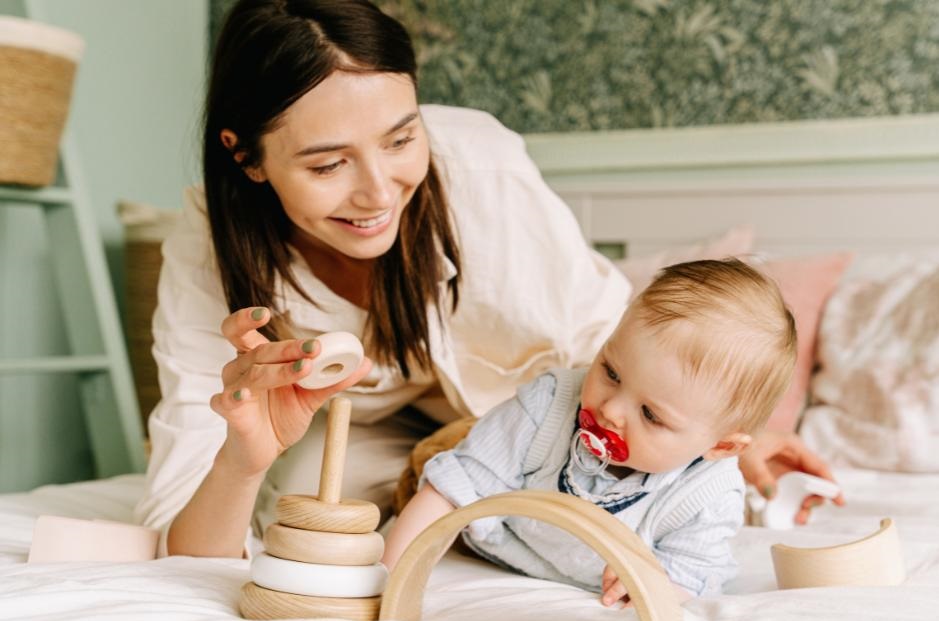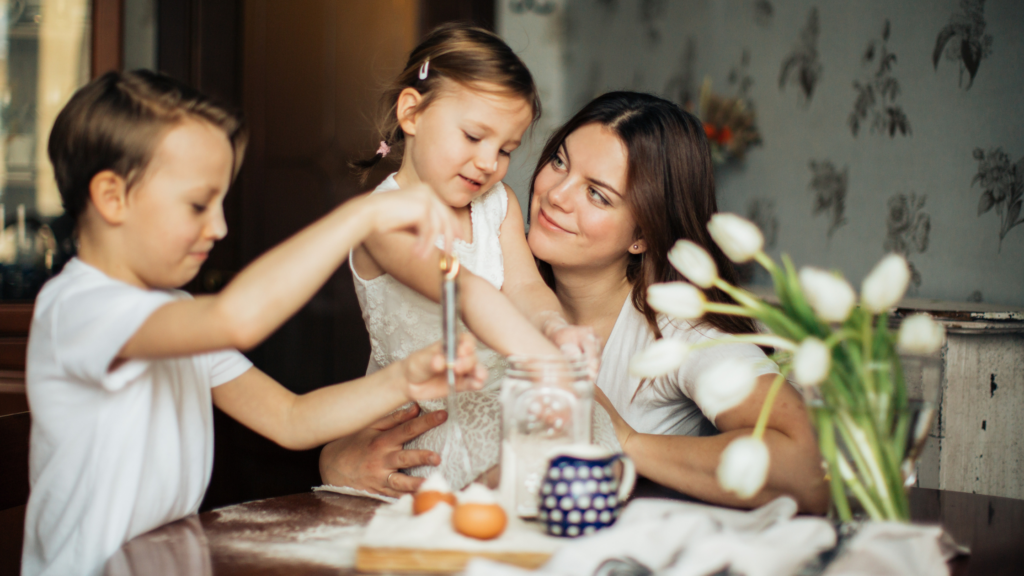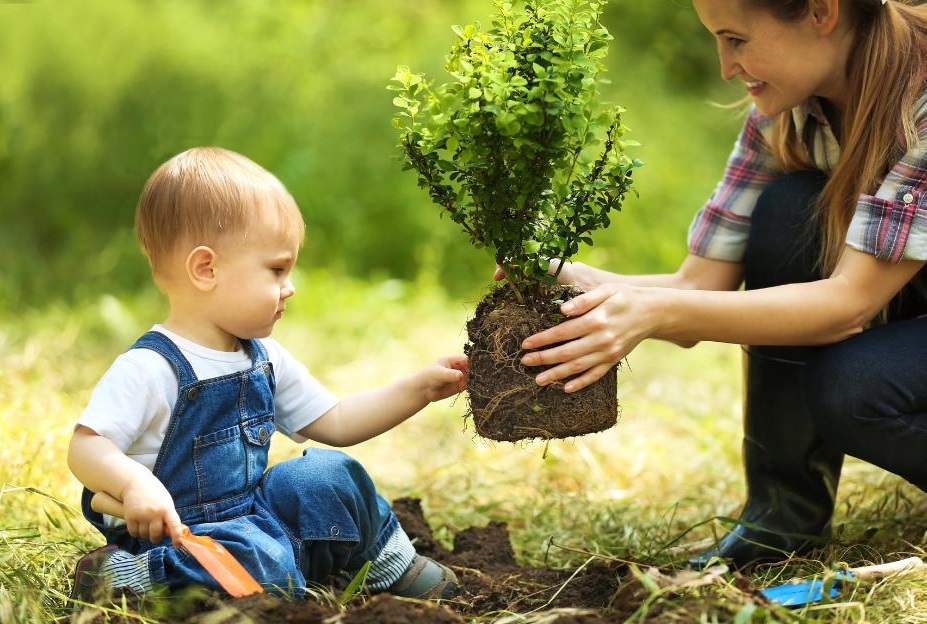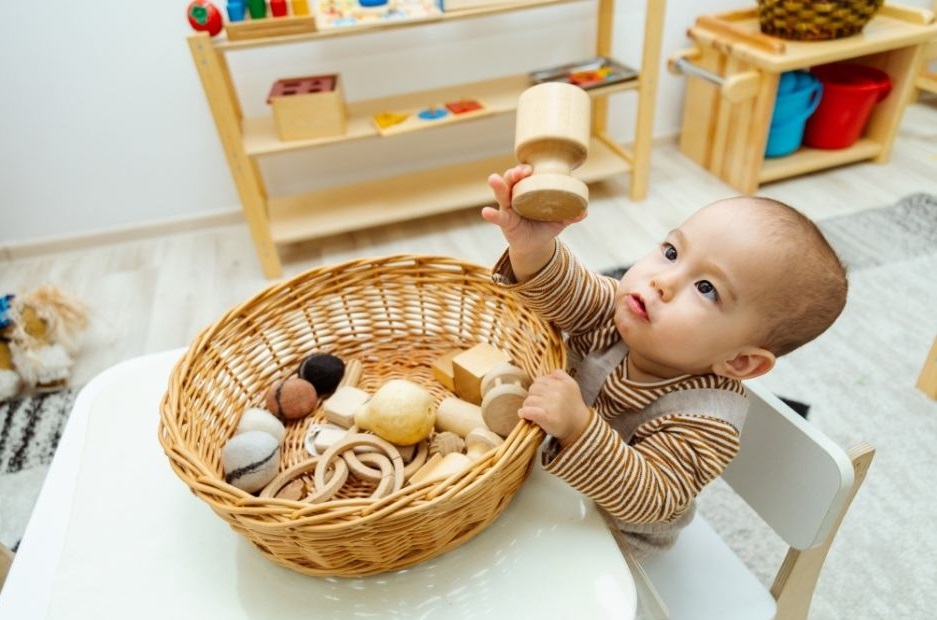Knowing what to expect in your baby’s first year of life can help both you and your little one thrive. Here is a look at the exciting things to come during the second half of your little one’s first year of life.
6-9 Months
At this stage, babies will begin using consonant sounds including b, d, m, and n, and may start to add w and j. Their babbling becomes canonical, meaning they combine a consonant and a vowel or a vowel and a consonant, stringing them together with high and low intonations (e.g. mamamama, babababa).
Around six months, hand development continues, allowing continued development of hand-eye coordination, squeezing of fingers, controlled reach for an object, palmar grasp, and the ability to transfer objects from one hand to another. From a gross motor perspective, your baby is probably able to crawl and has started to pull themselves up to a seated or standing position.
What you can do
- Provide opportunities for your child to continue developing their gross motor skills such as a low, sturdy piece of furniture like an ottoman or a Montessori pull-up bar.
- Introduce toys that invite them to use both hands and engage in more hand-eye coordination, as well as toys that offer object permanence.
- Per their readiness, beginning introducing first sips of a water in a weaning glass as well as first solid foods.
9-12 Months
During this time, your baby will continue building their repertoire of consonants. They will actively participate in social communication by responding with vocalizations and will begin using gestures, such as pointing, or raising their arms to you, to communicate non-verbally. From about twelve to fourteen months, a child often utters their first intentional word. Your baby is aware of the meaning of up to 70 words (familiar things and people like toys, foods, clothing, items in the home, and names of family members, close friends, pets, and animals).
During the ninth month, you’ll notice changes to how your baby uses their hands. Previously, they have been picking up toys and other items using the hand, thumb, and fingers in a progression of development (the Radial Palmar Grasp, the Raking Grasp, then the Radial Digital Grasp). Now, you’ll see your baby grasping toys and other objects between the thumb and the extended length of the index finger. This is the Inferior Pincer Grasp. Your baby will even begin to wave and clap their hands!
In regards to gross motor development, once your baby is pulling up, cruising (or walking along holding onto furniture) is not far behind.
Explore the fundamentals of Montessori parenting with this free video by Sylvia Arotin, offering insights and strategies to empower and educate your child.
Towards the end of this period, your little one may begin to assert themselves, experiencing a new sense of autonomy that comes with independent movement. They begin showing increased interest in participating in care of self activities and may even indicate signs of a developing sense of humor.
What you can do
- Consider ways to safely expand your child’s space as they fully embrace their sensitive period for movement.
- Introduce first art activities such as scribbling now that your baby has developed the Pincer Grasp.
- Bring furniture close together to support your baby while cruising and gradually move the pieces further apart to build their success and endurance.
- Introduce a push wagon to encourage your child’s interest in walking.
- Provide opportunities for your child to engage in care of self activities (brushing hair, brushing teeth, getting dressed, and feeding oneself).





